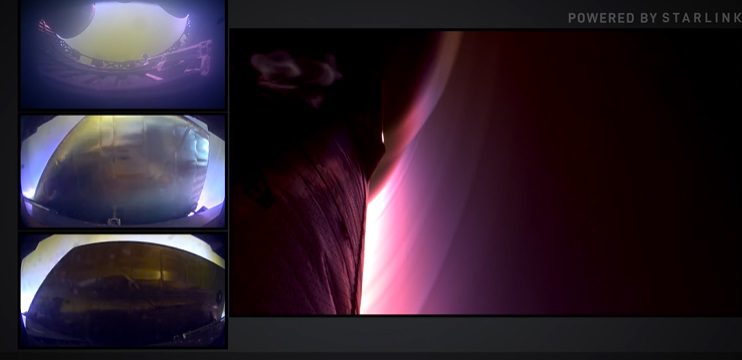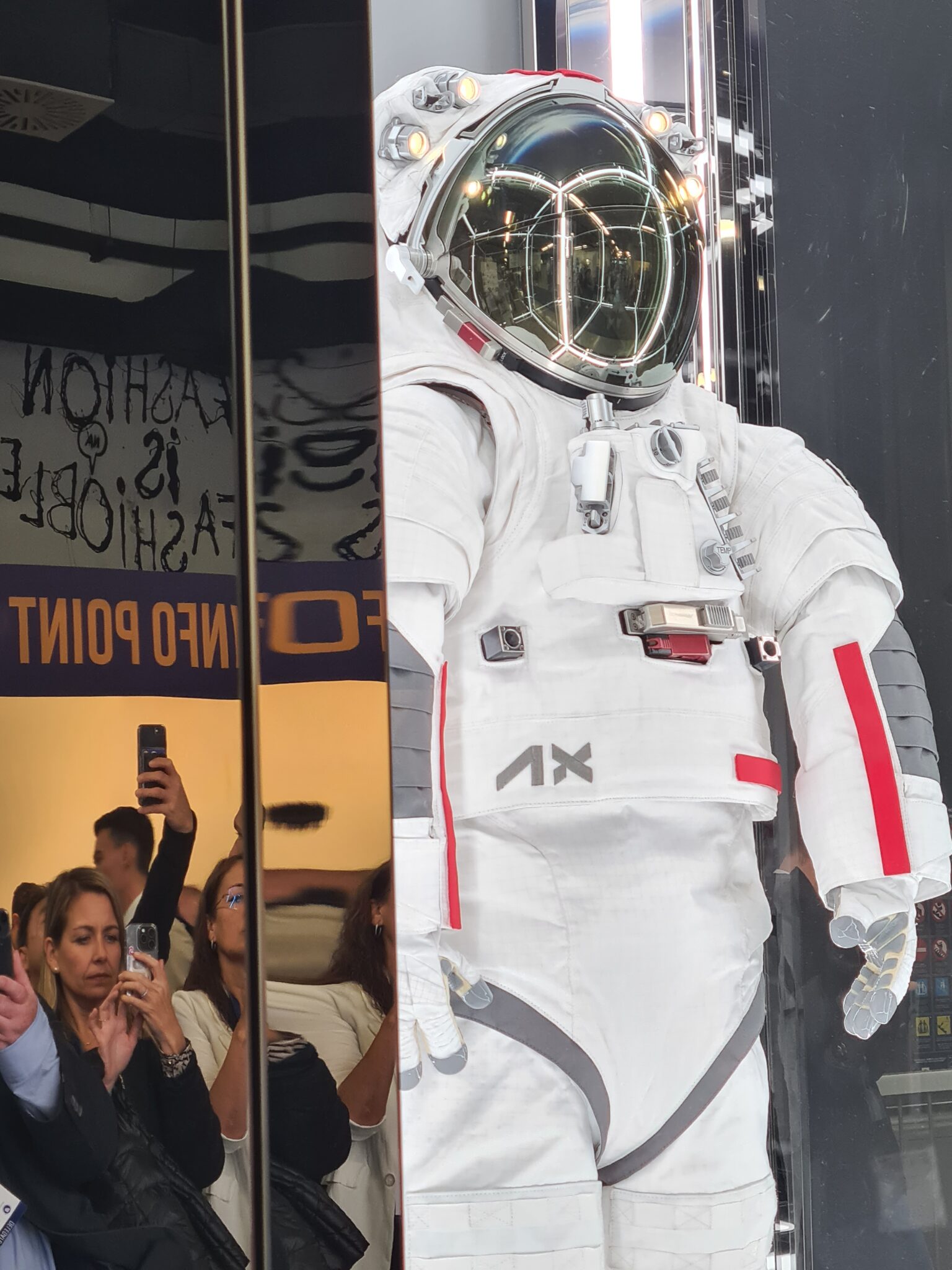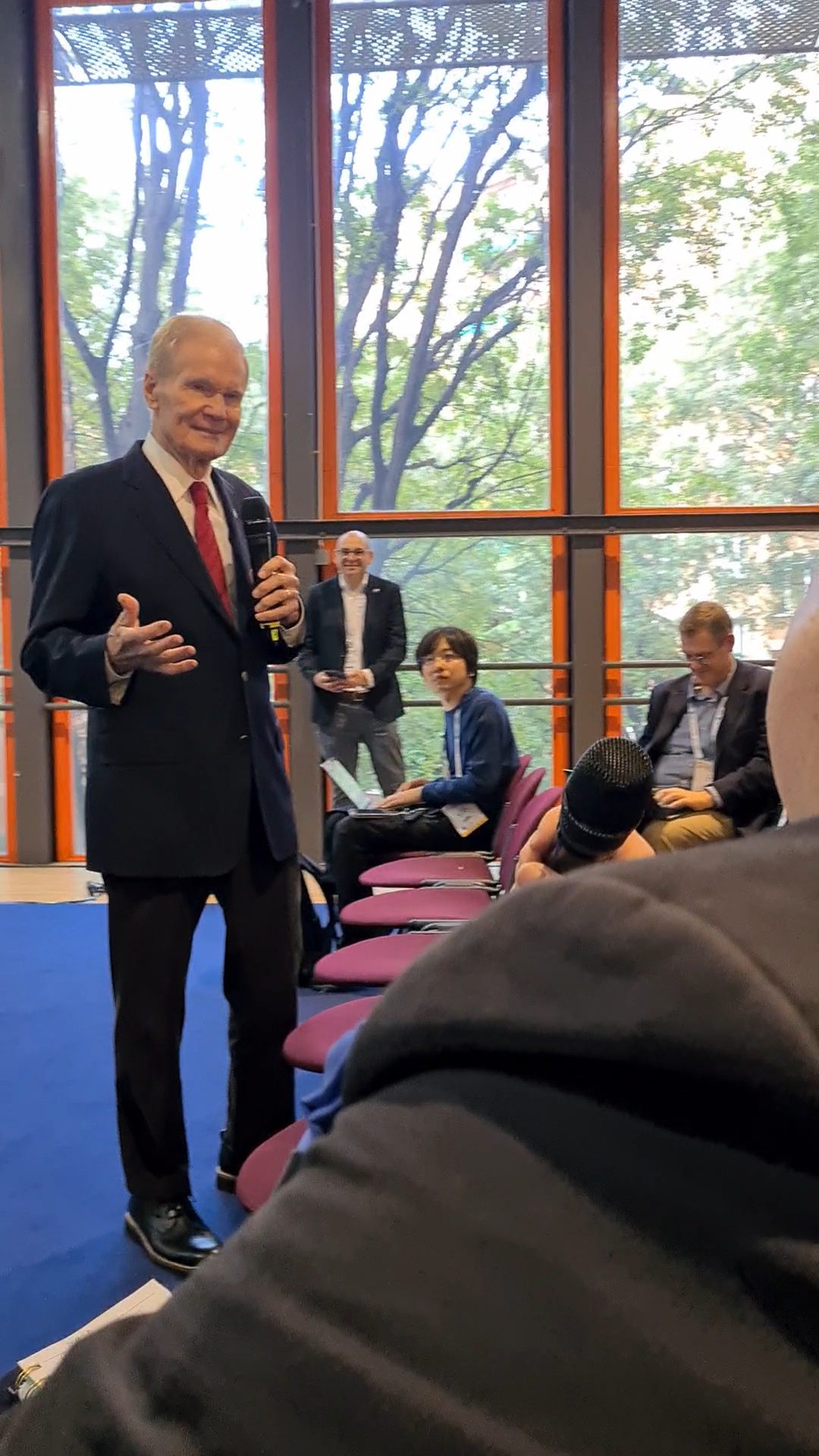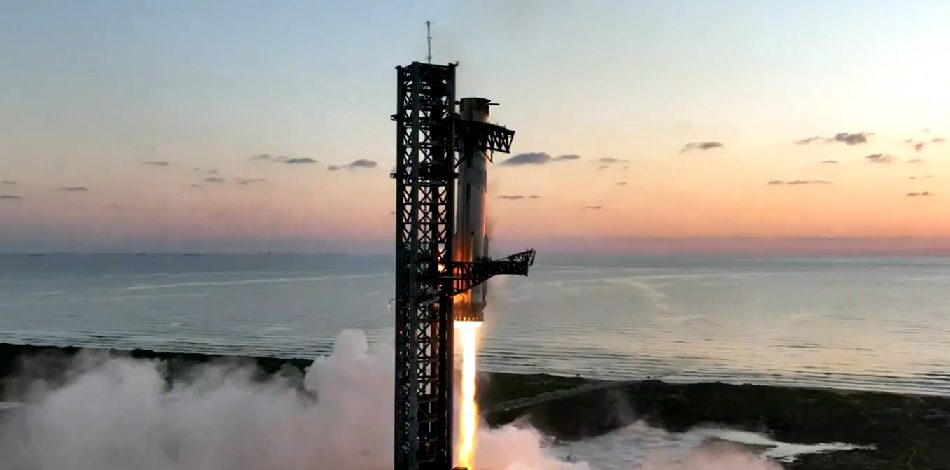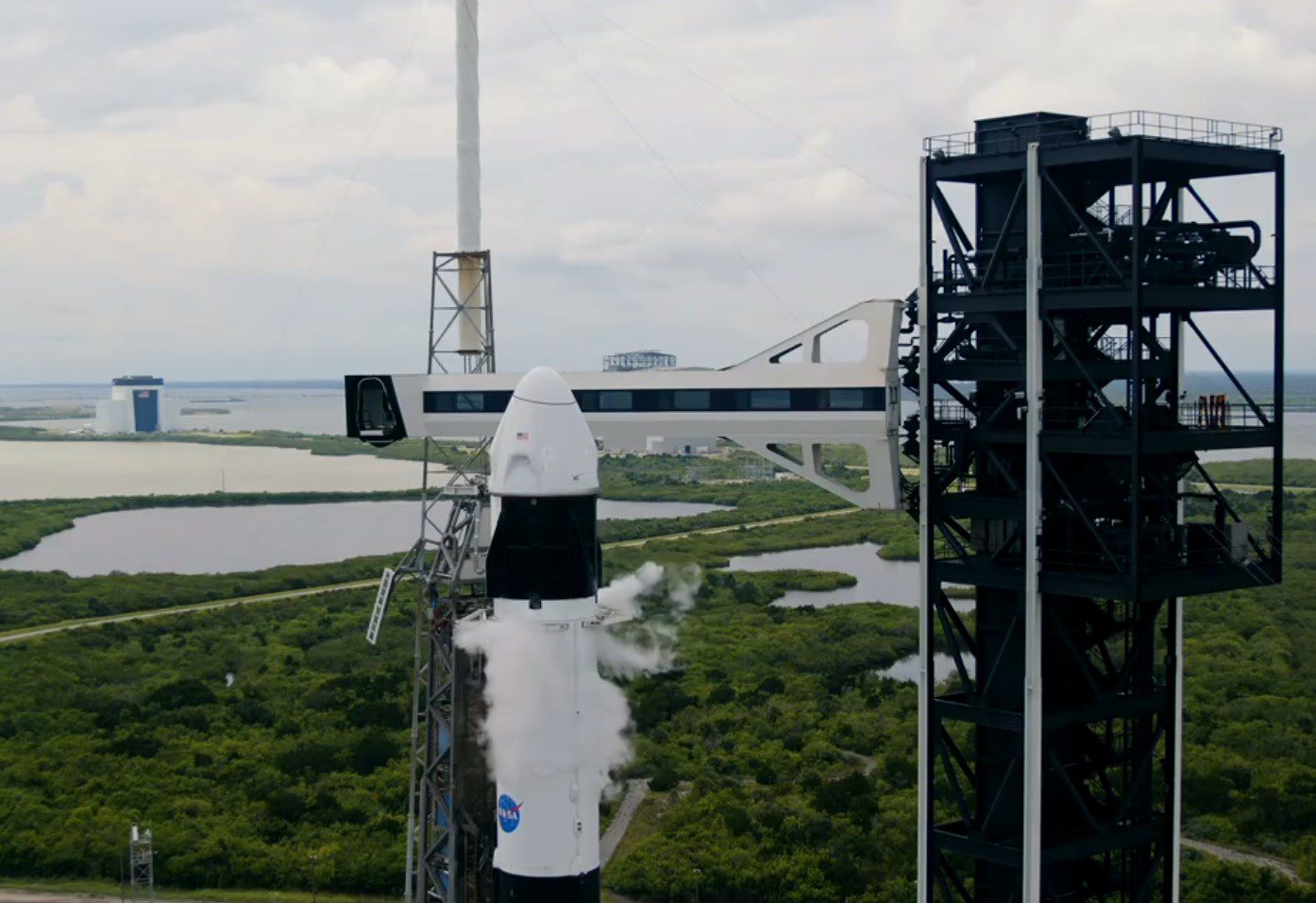Space Exploration Technologies (SpaceX) has announced that it will be sending a “Red Dragon” unmanned spacecraft to Mars to make a landing on the planet. The craft, based on the Dragon 2 capsule with its vertical landing technology, is designed to test re-entry and landing techniques for later use by much larger manned spacecraft. The launch will be attempted in 2018 when the planets are in the best alignment for a transfer and will use the Falcon Heavy as its launch vehicle.
Elon Musk, SpaceX founder and CTO, tweeted: “Dragon 2 is designed to be able to land anywhere in the solar system. Red Dragon Mars mission is the first test flight.” This implies that SpaceX has become the de facto interplanetary transportation service for any company or nation wanting to get its payloads onto another planet. NASA has agreed to supply technical support for the mission including use of its Deep Space Network for communications.
Later manned missions to the planet in the following decade will use specially designed transfer and landing craft carried into orbit via a reusable super-heavy-lift launch vehicle. With a payload in excess of 200 metric tons, the rocket is likely to outperform even the later versions of NASA’s own SLS rocket (LEO payload 100-165 metric tons), which now seems more suited by its size to lunar exploration rather than Mars.
The full details of SpaceX’s long term plan are to be presented by Musk at the International Astronautical Congress in Guadalajara, Mexico, in September 2016.
Comment by David Todd: While it might feel usurped by SpaceX in its space exploration role, especially given the help and financial contracts it has supplied to SpaceX, NASA should end its own Mars effort since its success seems a very distant prospect. Instead, the Administration should support, both technically and financially, Musk’s plan to land mankind on the planet Mars, and make use of SLS for a lunar exploration, including a manned landing programme. However, before it does so NASA will first have to learn how to swallow its pride.

